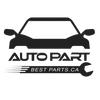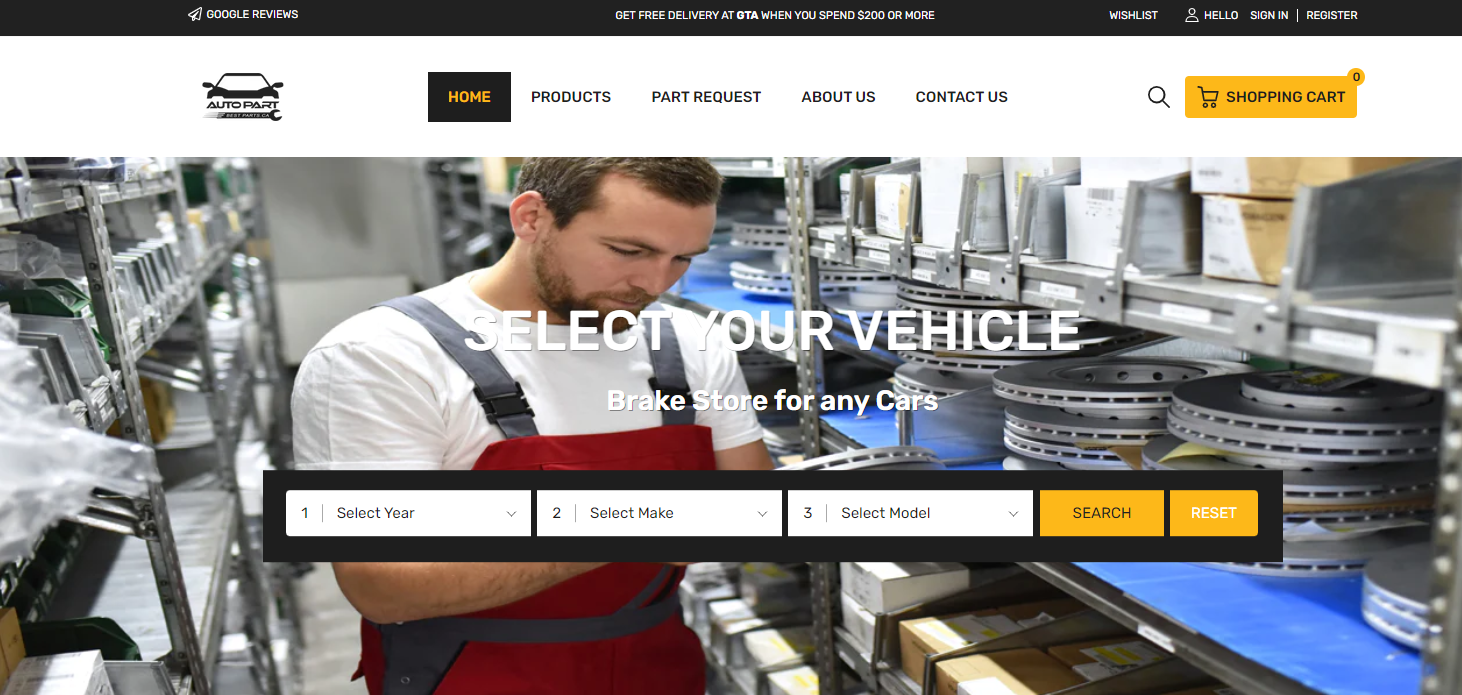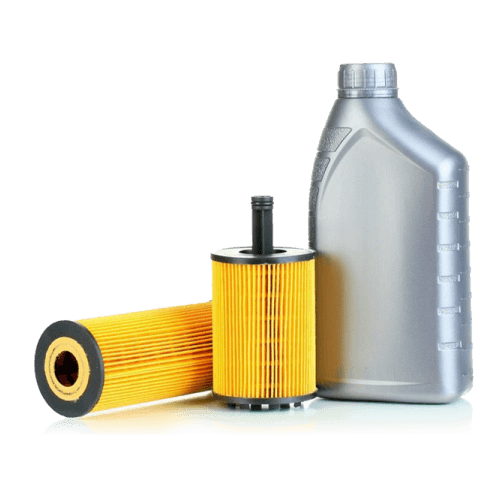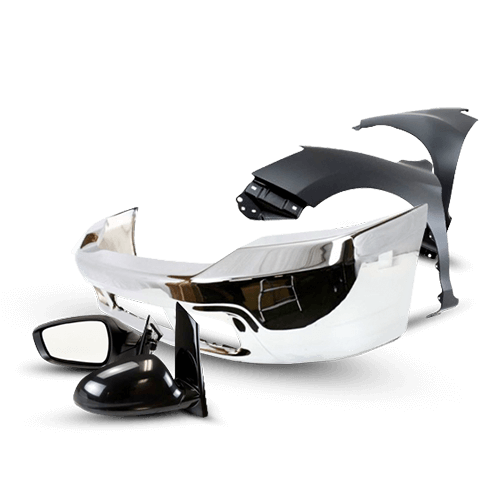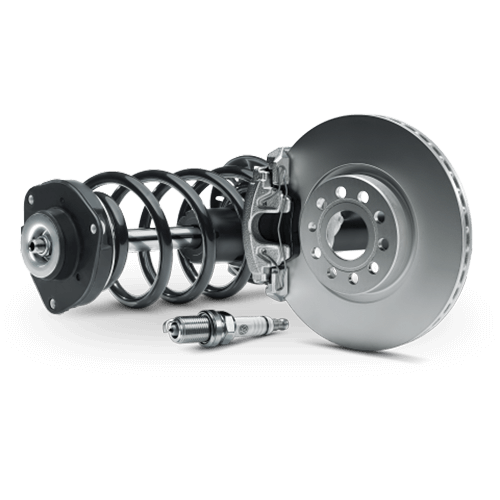
What Are Brake Rotors Made Of: Complete Guide to Brake Rotor Materials
Key Takeaway
- Brake rotors are primarily made from cast iron, carbon steel, or composite materials like carbon-ceramic
- Cast iron rotors offer the best balance of cost, performance, and durability for most vehicles
- Carbon-ceramic rotors provide superior heat resistance but come at a premium price
- Steel rotors are lightweight but prone to warping under extreme heat conditions
- Material choice affects braking performance, longevity, and replacement costs significantly
___________________
Introduction
Understanding what brake rotors are made of is crucial for every car owner and automotive professional. Brake rotor material directly influences your vehicle's stopping power, safety, and maintenance costs. Whether you're replacing worn rotors or upgrading your braking system, knowing the composition and characteristics of different materials helps you make informed decisions that match your driving needs and budget.
Modern brake rotors utilize various materials engineered to withstand extreme temperatures, friction, and stress while maintaining consistent performance. The choice of material affects everything from initial cost to long-term durability, making it essential to understand the options available in today's automotive market.

Primary Materials Used in Brake Rotor Construction
Cast Iron: The Industry Standard
Cast iron remains the most widely used material for brake rotors across all vehicle categories. This brake rotor material consists of iron alloyed with carbon, typically containing 2-4% carbon content along with small amounts of silicon and manganese. The high carbon content provides excellent heat dissipation properties and superior damping characteristics that reduce brake noise and vibration.
Cast iron rotors excel in thermal stability, maintaining consistent friction coefficients even under repeated heavy braking scenarios. The material's natural porosity allows for effective heat transfer, while its dense structure provides durability that can withstand thousands of braking cycles. Most manufacturers prefer cast iron because it offers predictable wear patterns and compatibility with various brake pad compounds.
The manufacturing process involves pouring molten cast iron into precision molds, creating rotors with consistent wall thickness and balanced cooling vanes. Quality cast iron rotors undergo specific heat treatment processes to relieve internal stresses and optimize the grain structure for enhanced performance and longevity.
Carbon Steel: Lightweight Performance
Carbon steel rotors represent a performance-oriented alternative to traditional cast iron designs. These rotors utilize high-carbon steel alloys that provide reduced weight while maintaining structural integrity under demanding conditions. The lower density of steel compared to cast iron can reduce unsprung weight by 15-20%, improving vehicle handling and acceleration response.
However, carbon steel rotors present certain limitations that affect their widespread adoption. The material's thermal expansion characteristics can lead to warping under extreme heat conditions, particularly during track use or aggressive mountain driving. Steel rotors also require more precise manufacturing tolerances and specialized heat treatment to achieve optimal performance characteristics.
Professional racing applications frequently utilize carbon steel rotors due to their weight advantages and excellent initial bite characteristics. The material responds quickly to temperature changes, providing consistent pedal feel and precise modulation that experienced drivers appreciate during high-performance driving scenarios.

Advanced Composite Materials
Carbon-Ceramic: Premium Performance
Carbon-ceramic rotors represent the pinnacle of brake rotor technology, combining carbon fibers with ceramic matrix materials to create components that excel in extreme operating conditions. These rotors typically contain 50% carbon fibers embedded in a silicon carbide ceramic matrix, resulting in components that weigh 50-60% less than equivalent cast iron rotors.
The manufacturing process for carbon-ceramic rotors involves laying carbon fiber mats in precise orientations, then infiltrating them with liquid ceramic precursors before high-temperature curing. This process creates a material with exceptional thermal stability, maintaining consistent performance at temperatures exceeding 1000°C where traditional materials would fail.
Carbon-ceramic rotors offer several compelling advantages including virtually no fade under extreme conditions, exceptional longevity with proper maintenance, and significantly reduced unsprung weight that improves vehicle dynamics. However, their premium pricing and requirement for specialized brake pads limit their application primarily to high-end sports cars and racing applications.
Composite Iron Materials
Modern composite iron rotors incorporate various additives and treatments to enhance the base material's properties. These may include graphite particles for improved thermal conductivity, copper additions for enhanced wear resistance, or specialized surface treatments that optimize friction characteristics.
Some manufacturers utilize dual-cast techniques, combining different iron alloys in friction and non-friction areas of the rotor. The friction surface may use a harder, more wear-resistant alloy while the mounting and cooling areas utilize materials optimized for structural integrity and heat dissipation.
Types of Brake Rotors by Construction and Design
Solid Rotors
Solid brake rotors consist of a single piece of material without internal cooling passages. These type of brake rotors typically serve smaller vehicles and rear brake applications where heat generation remains relatively low. The solid construction provides cost advantages and simplified manufacturing while offering adequate performance for light-duty applications.
The material composition of solid rotors follows the same principles as vented designs, with cast iron remaining the predominant choice. However, the lack of internal cooling vanes means these rotors rely entirely on surface area and material thermal properties for heat dissipation.
Vented Rotors
Vented rotors feature internal cooling passages that enhance heat dissipation through forced air circulation. The design typically incorporates curved or straight vanes between the friction surfaces, creating a centrifugal pump effect that draws cool air through the rotor during wheel rotation.
The material requirements for vented rotors include considerations for the complex internal geometry and thermal stress distribution. Cast iron's excellent castability makes it ideal for creating the intricate internal vane patterns while maintaining consistent wall thickness throughout the component.
Drilled and Slotted Variations
Drilled and slotted brake rotors utilize the same base materials as standard rotors but incorporate surface modifications to enhance performance. The drilling and slotting processes require materials with sufficient strength to maintain integrity despite the reduced cross-sectional area.
These modifications affect material stress distribution, requiring careful consideration of hole placement and slot orientation to prevent crack initiation. High-quality drilled and slotted rotors often undergo additional heat treatment processes to optimize the material properties around the modified areas.

Material Properties and Performance Characteristics
Thermal Conductivity
The thermal conductivity of brake rotor material directly affects heat dissipation and fade resistance. Cast iron provides excellent thermal conductivity, typically ranging from 46-52 W/m·K, allowing efficient heat transfer from the friction surface to the cooling vanes and surrounding air.
Carbon-ceramic materials offer superior thermal stability but lower thermal conductivity compared to metals. However, their extremely high operating temperature limits compensate for this characteristic, allowing them to maintain performance when metallic rotors would fail.
Steel rotors provide good thermal conductivity but suffer from thermal expansion issues that can lead to warping and uneven wear patterns. The material's rapid temperature response can be advantageous in some applications but problematic in others.
Wear Resistance and Durability
Different materials exhibit varying wear characteristics that affect rotor longevity and replacement intervals. Cast iron rotors typically provide 50,000-70,000 miles of service under normal driving conditions, with wear rates influenced by driving habits, environmental conditions, and brake pad selection.
Carbon-ceramic rotors can last 100,000+ miles when properly maintained, though their high initial cost means the cost-per-mile calculation varies significantly based on usage patterns. These rotors also require compatible brake pads that won't damage the ceramic matrix material.
Material hardness affects pad compatibility, with softer rotor materials requiring harder pads and vice versa. This relationship influences both component longevity and braking performance characteristics throughout the service life.
Choosing the Right Brake Rotor Material
Daily Driving Applications
For typical daily driving, cast iron rotors from reputable manufacturers provide the optimal balance of performance, durability, and cost-effectiveness. Brake rotors designed for daily use should prioritize consistent performance across various weather conditions and temperature ranges.
Quality cast iron rotors handle normal braking loads without excessive wear while providing the smooth, predictable performance that most drivers expect. The material's compatibility with various brake pad compounds allows for customization based on specific preferences for stopping power, noise levels, and longevity.
Performance and Track Use
High-performance driving demands rotors that maintain consistent performance under extreme conditions. While carbon-ceramic rotors offer the ultimate performance, high-quality cast iron rotors with proper venting and heat treatment can handle track duty when paired with appropriate brake pads and fluid.
The key factors for performance applications include thermal capacity, fade resistance, and weight considerations. Lighter rotor materials reduce unsprung weight, improving suspension performance and vehicle handling characteristics that become critical during spirited driving.
Commercial and Heavy-Duty Applications
Commercial vehicles and heavy-duty trucks require rotors engineered for sustained high-load operation. These applications typically utilize specialized cast iron alloys with enhanced wear resistance and thermal capacity to handle the increased demands of commercial use.
The material selection must account for increased thermal cycling, higher average operating temperatures, and extended service intervals common in commercial applications. Durability often takes precedence over weight savings in these scenarios.
Maintenance and Material-Specific Care
Cast Iron Rotor Care
Cast iron rotors require regular inspection for wear, scoring, and corrosion that can affect performance and safety. The material's susceptibility to rust means that rotors should be kept clean and dry when possible, though surface rust typically removes itself during normal braking operation.
Proper bedding procedures ensure optimal interface between brake pads and rotor surfaces, maximizing performance and longevity. The bedding process involves gradual heating cycles that allow the materials to conform and establish proper friction characteristics.
Specialty Material Maintenance
Carbon-ceramic rotors require specialized care including compatible cleaning products and brake pads designed for ceramic surfaces. These rotors are sensitive to contamination and require specific procedures for pad replacement and bedding.
Regular inspection should focus on the integrity of the carbon fiber matrix and ceramic surface condition. Unlike cast iron rotors, carbon-ceramic components cannot be resurfaced using traditional machining techniques, making proper care essential for longevity.
Conclusion
Understanding what brake rotors are made of empowers car owners and professionals to make informed decisions about their vehicle's braking system. Cast iron remains the dominant material due to its excellent balance of performance, durability, and cost-effectiveness for most applications. However, advanced materials like carbon-ceramic offer compelling advantages for specific high-performance scenarios despite their premium pricing.
The choice of brake rotor material should align with your driving needs, budget constraints, and performance expectations. Whether you're maintaining a daily driver or building a track car, selecting rotors with appropriate material properties ensures optimal braking performance, safety, and value. Regular maintenance and proper installation techniques maximize the benefits of any rotor material choice while ensuring reliable operation throughout the component's service life.
Frequently Asked Questions
What material are most brake rotors made from?
Most brake rotors are made from cast iron, which typically contains 2-4% carbon along with small amounts of silicon and manganese. Cast iron provides excellent heat dissipation, durability, and cost-effectiveness for most vehicle applications.
Are carbon-ceramic brake rotors worth the extra cost?
Carbon-ceramic rotors offer superior performance and longevity but cost significantly more than cast iron alternatives. They're worth the investment for high-performance vehicles or track use where their heat resistance and weight savings provide meaningful benefits.
How do I know what type of brake rotor material my car needs?
Check your vehicle's specifications or consult with a qualified technician to determine the appropriate rotor material. Most daily drivers perform well with quality cast iron rotors, while performance vehicles may benefit from upgraded materials.
Can different brake rotor materials be mixed on the same vehicle?
It's not recommended to mix different rotor materials on the same axle as this can cause uneven braking performance. However, front and rear axles can use different materials if properly specified for the vehicle's braking system design.
Do steel brake rotors last longer than cast iron?
Steel rotors don't necessarily last longer than cast iron and may be more prone to warping under heat. Cast iron typically provides better durability and thermal stability for most driving conditions, making it the preferred choice for longevity.
